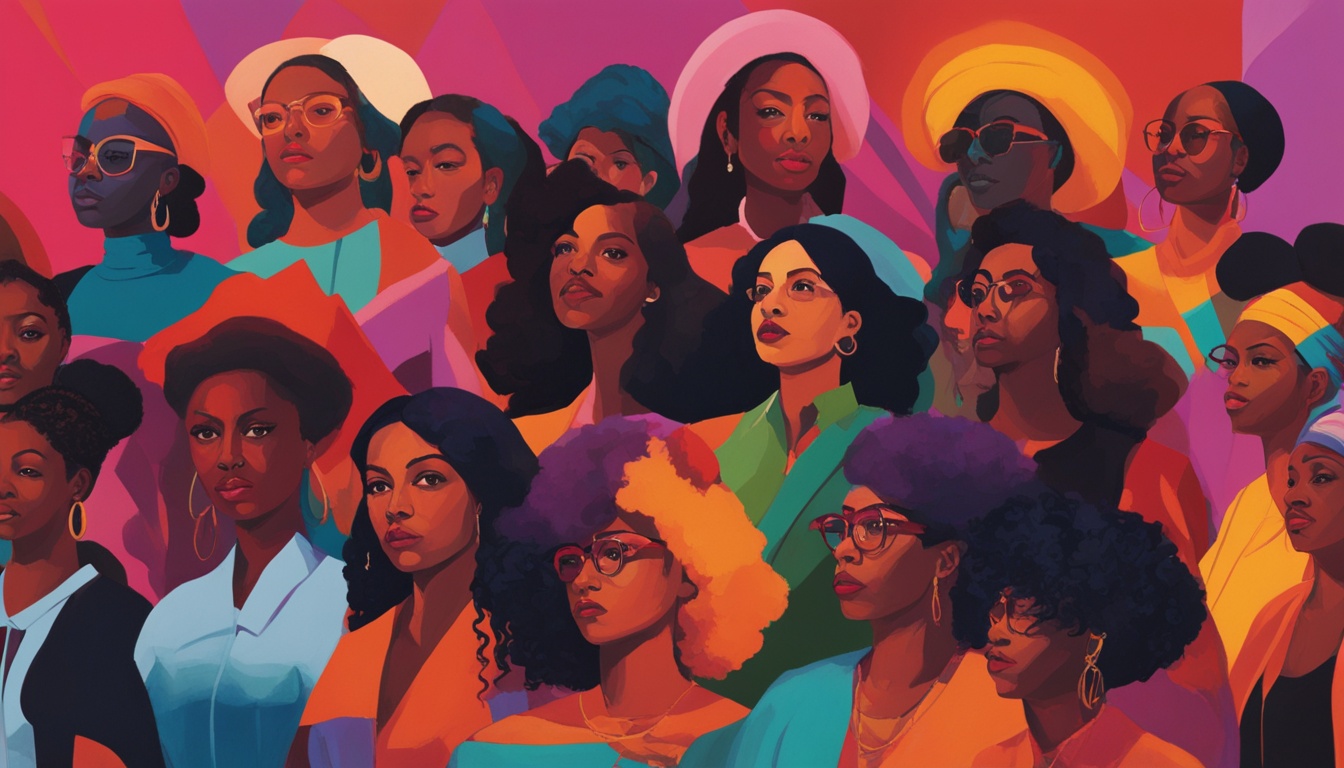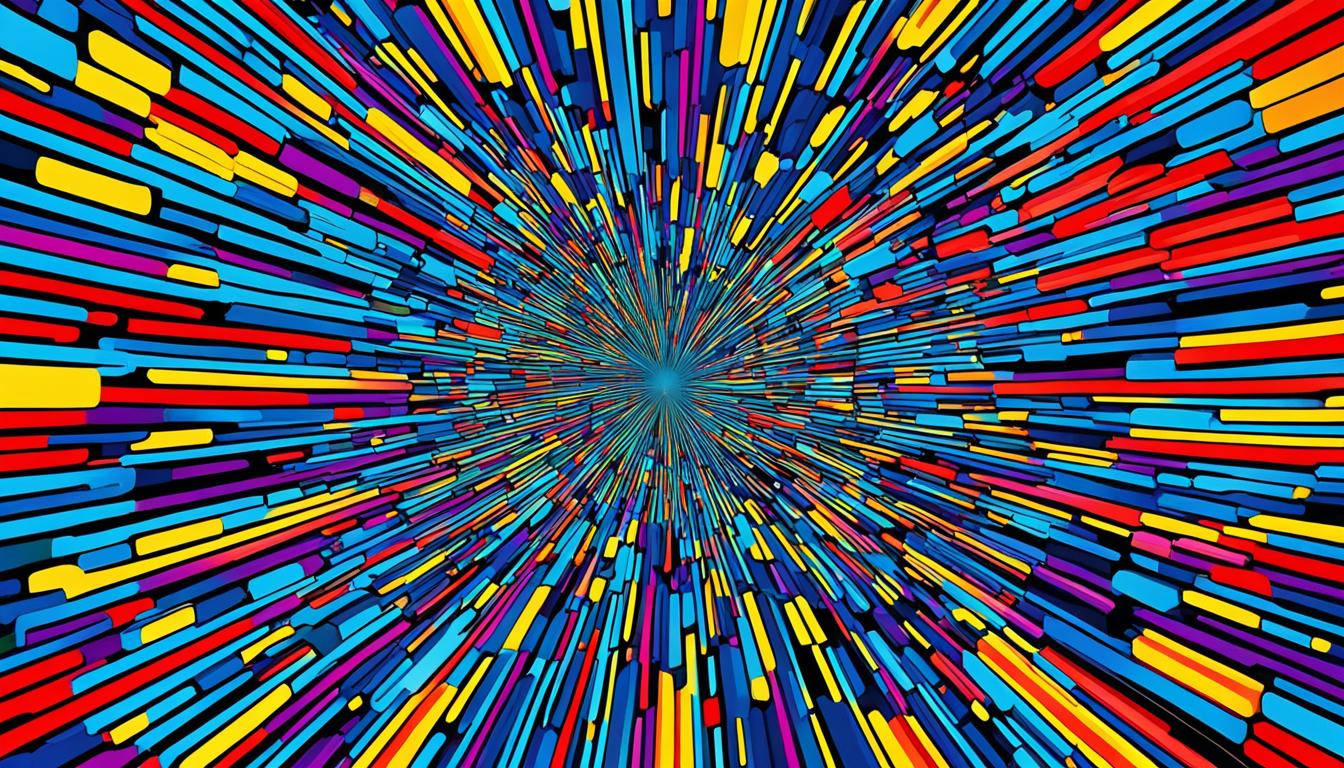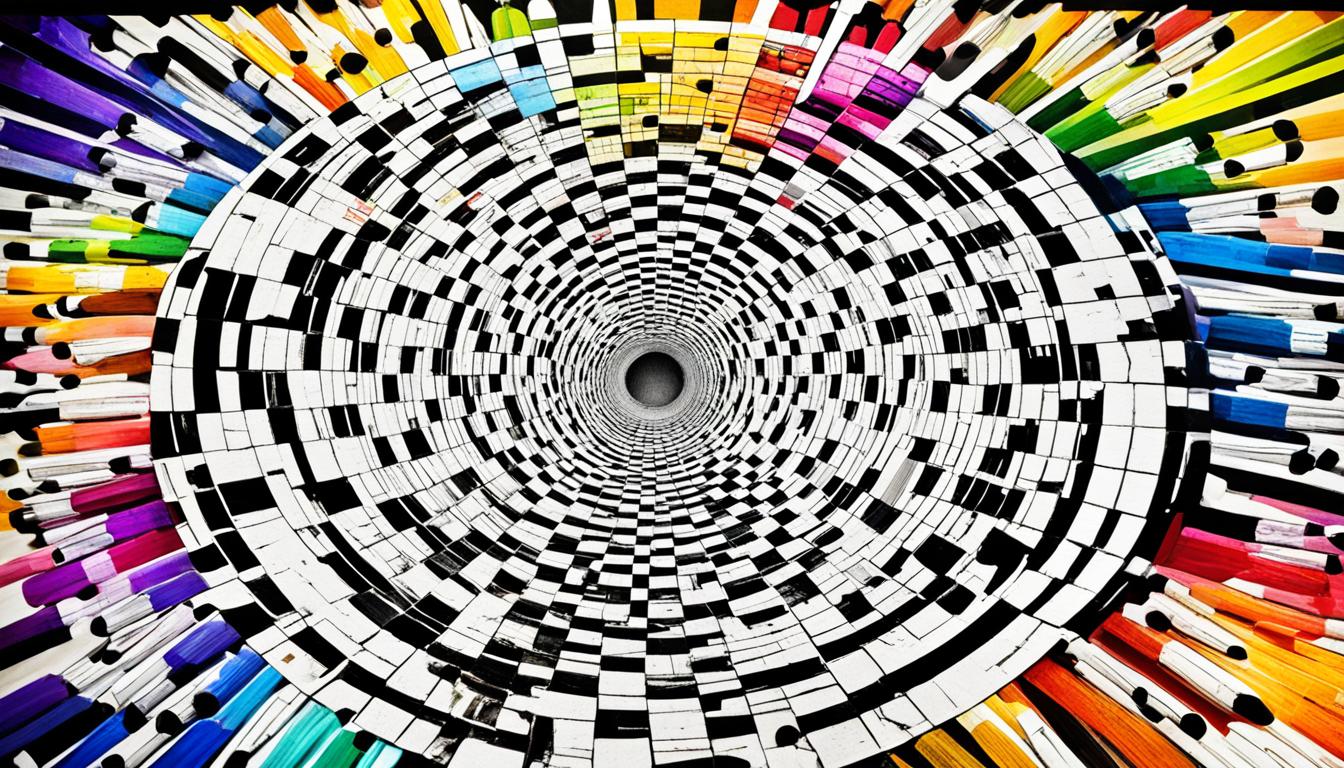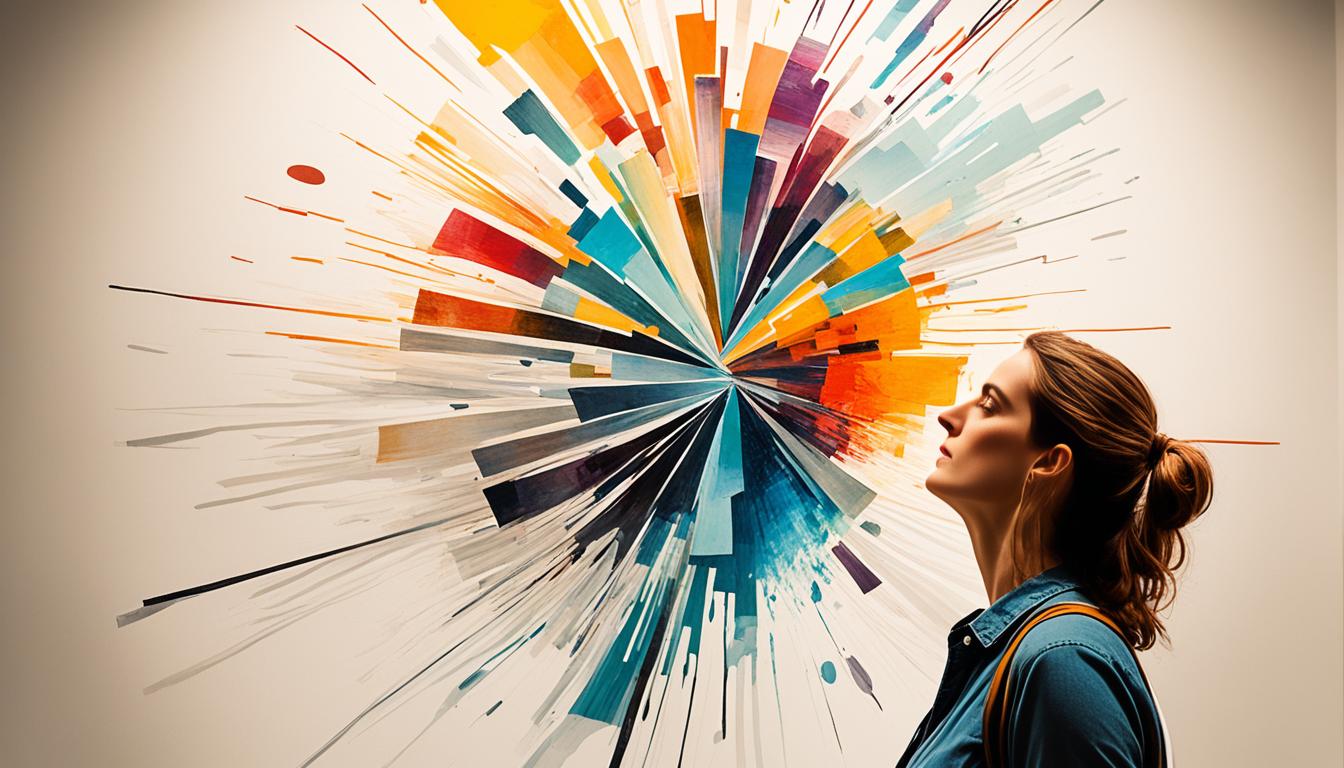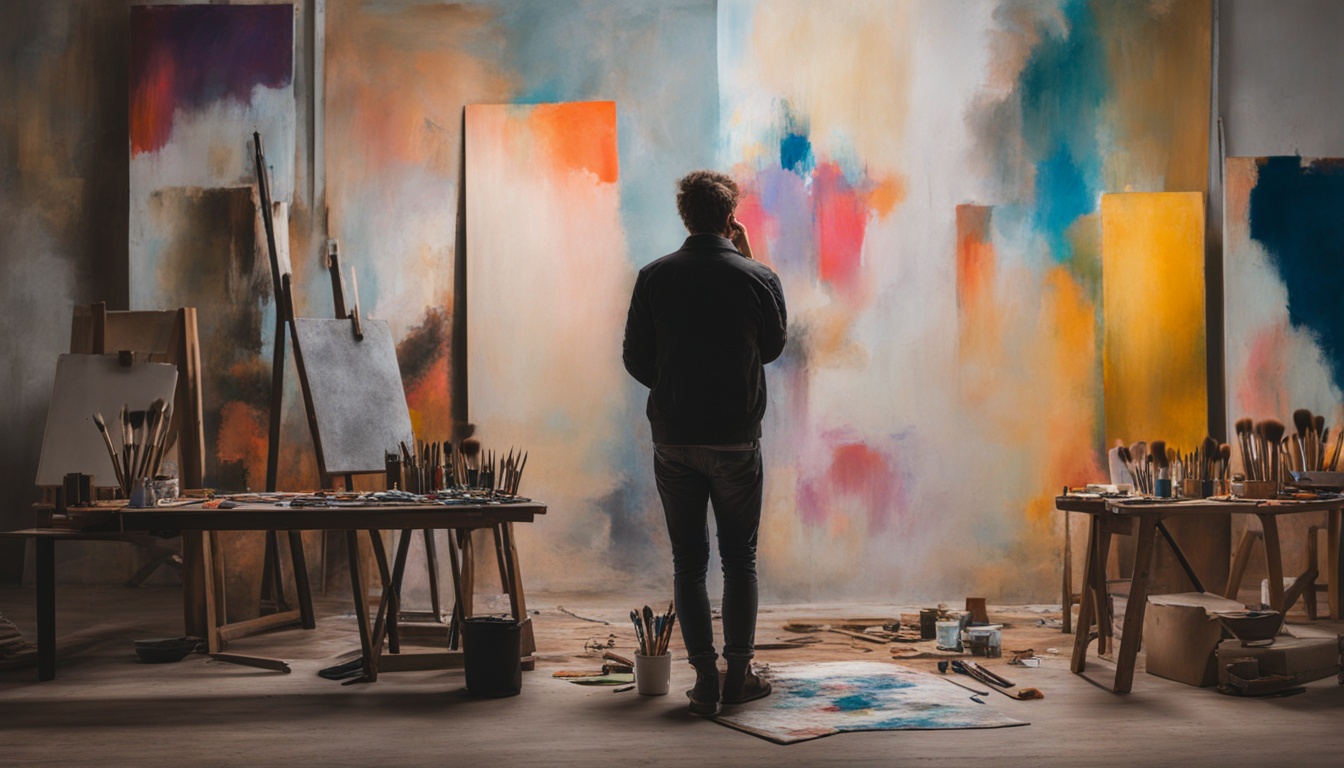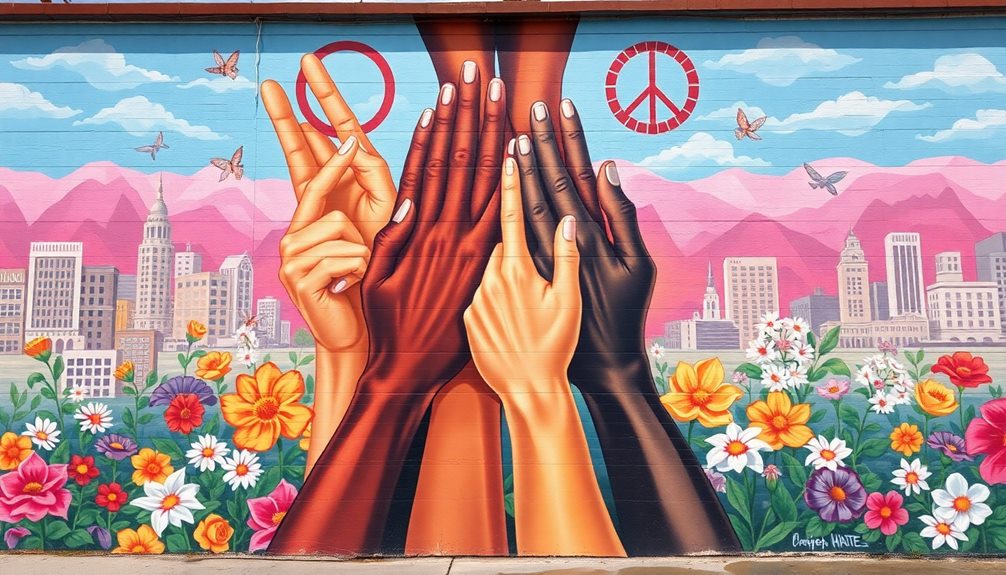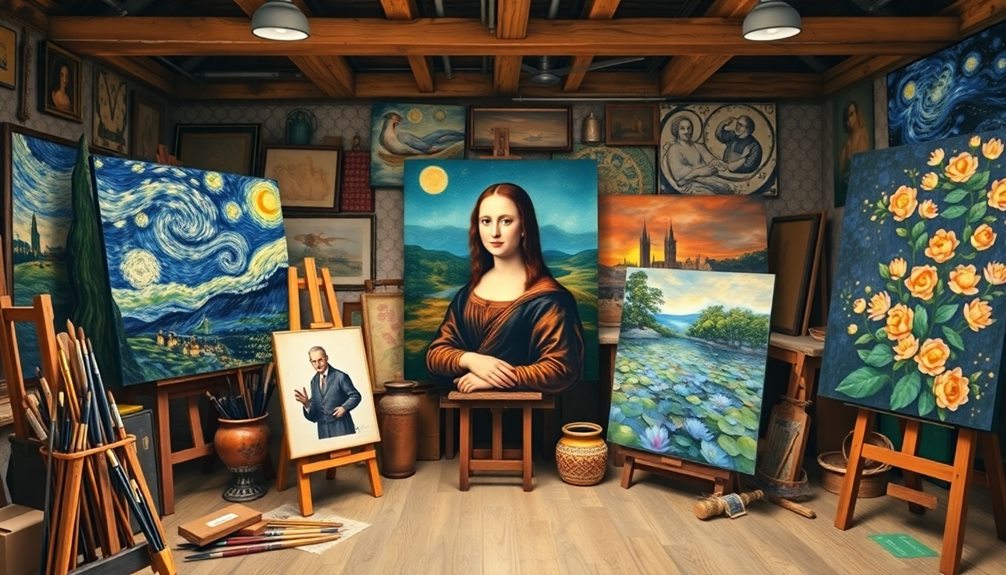Have you ever stood in front of a painting and felt an unexplainable connection to the artist’s story? Each brushstroke often whispers the artist’s experiences, aligning their emotions with yours, especially when that artist is a woman. In a world where feminist art reclaims narratives previously silenced, we are witnessing a powerful shift. As you explore the landscape of feminist art theory, consider how this movement has profoundly transformed the art world, silencing the doubts that once hindered women’s voices while amplifying diverse perspectives. The emergence of artists like Frida Kahlo, who evoke visceral emotions through their work, highlights how impactful feminist art history has become, paving the way for future generations of feminist artists. Join in as we dissect the intricacies of feminist theory and its lasting influence on contemporary art.
Key Takeaways
- Feminist art is not merely any art produced by women, but a critical framework challenging historical norms.
- Record-breaking auction prices for women artists reflect a growing acknowledgment of their contributions.
- Books like “Great Women Artists” highlight the significance of celebrating women in art history.
- Contemporary artists are increasingly using feminist art to comment on societal issues, driven by movements like Me Too.
- Despite advancements, the dominance of male and white artists in major collections indicates ongoing challenges.
- Linda Nochlin’s provocative essay continues to inspire discussions about women and recognition in art.
- Intersectionality remains a key element of the ongoing feminist art movement, enriching its narrative.
Understanding Feminist Art Theory
Feminist art theory seeks to examine the underlying biases entrenched in the art world, carefully analyzing how gender influences both artistic creation and interpretation. It prompts you to consider what is feminist art theory beyond its definition. Through its exploration, feminist art illuminates the distinct experiences and identities of women, challenging the traditional narratives that have shaped art history.
Defining Feminist Art Theory
This theory manifests as a crucial framework within feminist art, seeking to empower artists by embedding their voices into cultural dialogues. It not only critiques existing societal structures but also inspires new artistic expressions that aim to break from patriarchal standards. By foregrounding themes of identity, power, and gender dynamics, feminist art theory actively contributes to a richer understanding of feminist theory. Central to this dialogue is a keen visibility that reshapes how you perceive both historical and contemporary artworks.
The Historical Context of Feminist Art Movement
The feminist art movement, emerging in the late 1960s, serves as a vibrant response to the cultural climate that included the civil rights movement and widespread societal change. This period marked a shift in how women artists interacted with the art world, as they sought to reclaim their narratives and redefine their roles. Feminist art history reveals the struggles faced by women artists prior to this movement when art institutions largely marginalized their contributions. Notable organizations, such as the Guerrilla Girls, have played pivotal roles in highlighting disparities and advocating for equality.

Activists like Judy Chicago led efforts to establish programs that emphasized the need for broad recognition of women’s contributions to art. The feminist art movement not only redefined various artistic mediums but also encouraged the exploration of a female aesthetic. This quest for representation continues to evolve, pushing boundaries and expanding the scope of feminist discourse today.
| Aspect | Before the Feminist Art Movement | During the Feminist Art Movement |
|---|---|---|
| Representation of Women Artists | Limited visibility in art history | Increased focus on women’s contributions |
| Artistic Themes | Predominantly male-focused narratives | Exploration of gender dynamics and identity |
| Mediums Used | Traditional painting and sculpture | Performance art, craftivism, and video |
| Academic Recognition | Marginalized in art history texts | Emerging focus on feminist art history |
This transformative context highlights the importance of understanding feminist art theory and its ongoing influence in shaping how we view art today. Embracing diversity in art theory is a critical aspect of feminist art theory as it challenges traditional norms and encourages the inclusion of marginalized voices in artistic discourse. By understanding and applying feminist art theory, we can celebrate a wider range of perspectives and experiences in art, ultimately leading to a more inclusive and representative artistic landscape. This ongoing influence reminds us of the need to continuously examine and expand our understanding of art theory to reflect the diversity of the world around us.
Key Contributors to Feminist Art Theory
Feminist art theory has evolved through the contributions of numerous influential figures. Prominent thinkers and artists have reshaped the discourse surrounding women’s roles in art, highlighting the barriers they have faced and advocating for their rightful recognition. This exploration of feminist theory has encouraged a re-evaluation of the traditional art narrative.
Linda Nochlin and the Question of Great Women Artists
Linda Nochlin’s essay, “Why Have There Been No Great Women Artists?” remains a fundamental piece in feminist theory. Published in 1971, this work interrogated the reasons behind the underrepresentation of women artists in mainstream narratives. Nochlin argued against the male-centric definitions of artistic greatness and advocated for a broader understanding of artistic achievement that includes the contributions of feminist artists. Her critical approach laid the groundwork for subsequent discussions around feminist art and the necessity to recognize women’s contributions to the artistic landscape.
Influential Feminist Artists
The feminist art movement of the 1960s and 1970s paved the way for key voices that challenged conventional art practices. Artists such as Judy Chicago, known for “The Dinner Party,” made substantial impacts through their works that celebrate women’s perspectives. Other significant figures include:
- Mary Beth Edelson, who combined collage and feminist themes in her art.
- Carolee Schneemann, recognized for her groundbreaking performances that explore female identity and sexuality.
- Louise Joséphine Bourgeois, whose eight-decade career examined complex themes of femininity and trauma.
- Sarah Lucas, who gained prominence in the 1990s as a key figure of the Young British Artists.
- The Guerilla Girls, an anonymous group founded in 1985, used humor and activism to address gender inequities in the art world.
- Alexandra Gallagher, born in 1980, continues to push boundaries within contemporary feminist art.
- María Teresa Burga Ruiz, whose work highlights the intersection of identity and culture since her birth in 1935.
These feminist artists have significantly expanded the scope of the feminist art movement. Their contributions underscore critical themes such as body politics, identity, and the critique of male-dominated art institutions. As feminist art history continues to evolve, it emphasizes the importance of intersectionality, acknowledging that the experiences of women are shaped by various overlapping identities.

| Artist | Key Contribution | Year Highlighted |
|---|---|---|
| Linda Nochlin | Questioning the notion of “greatness” | 1971 |
| Judy Chicago | The Dinner Party | 1979 |
| Mary Beth Edelson | Groundbreaking collage work | 1970s |
| Carolee Schneemann | Provocative performances | 1960s |
| Louise Bourgeois | Exploration of femininity and trauma | 1970s onward |
| Sarah Lucas | Young British Artists movement | 1990s |
| Guerilla Girls | Art activism for gender equity | 1985 |
| Alexandra Gallagher | Exploration in contemporary feminist art | 21st century |
| María Teresa Burga Ruiz | Interrogation of identity and culture | 1960s onward |
What is Feminist Art Theory and Its Core Concepts
Understanding what is feminist art theory requires a deep dive into how gender shapes the narrative of art history. Feminist theorists critique traditional narratives for overlooking women’s contributions and experiences in the art world. This examination fosters an inclusive perspective on cultural production and recognizes the essential voices that have long been marginalized.
The Role of Gender in Art History
Gender dynamics play a crucial role in shaping art history. Historically, the art world has often favored male artists, sidelining the work of female creators. The emergence of feminist art in the late 1960s drew significant attention to this imbalance. Feminist artists seized the moment during various social movements, creating platforms for female and minority artists. Groundbreaking initiatives, like the Feminist Art program established by Judy Chicago and Miriam Schapiro at the California Institute of the Arts in 1971, were instrumental in changing perceptions surrounding gender in art. Their efforts expanded the definition of fine art, incorporating alternative forms such as textiles and performance.
Intersectionality in Feminist Art
Intersectionality has profoundly shaped feminist art since the 1990s. This approach recognizes that identities such as race, class, sexuality, and disability influence artistic expression and experiences. Recognizing these varied identities allows feminist theory to evolve and address the complexities of representation in the art world. Artists like Carolee Schneemann and Lynda Benglis challenged traditional perceptions of women’s roles through innovative works. The installation “The Dinner Party” by Judy Chicago celebrated women’s historical contributions, while the Guerilla Girls utilized bold visuals to critique the dominance of male artists. These examples continue to inspire discussions that reflect ongoing issues regarding equality and representation within the broader context of feminist art history.

| Artist | Work | Impact |
|---|---|---|
| Judy Chicago | The Dinner Party | Highlights women’s contributions in history. |
| Miriam Schapiro | Anatomy of a Kimono | Elevates traditional women’s materials to high art. |
| Carolee Schneemann | Interior Scroll | Focuses on female bodily autonomy and unique experiences. |
| Guerilla Girls | Do Women Have to Be Naked to Get into the Met. Museum? | Critiques underrepresentation of female artists in major museums. |
| Linda Benglis | 1974 ArtForum Advertisement | Challenges traditional media depictions of women. |
These contributions to feminist art theory establish a framework that not only recognizes the importance of gender but also champions the diverse experiences of feminist artists worldwide. By examining representations and advocating for inclusivity, the dialogue surrounding feminist theory continues to evolve and inspire new generations of artists.
The Impact of Feminist Art on Contemporary Art Scenes
In recent decades, feminist art has significantly impacted how contemporary art is created, perceived, and celebrated. This evolution challenges traditional art institutions and alters public perception surrounding gender in artistic representation. The feminist art movement serves as a transformative force, pushing for greater inclusivity and equity within the art world.
Challenging Traditional Art Institutions
Feminist artists have long questioned the practices of museums and galleries that often overlook or marginalize women and minority artists. By raising awareness, they advocate for:
- Equitable representation of female artists
- Reformed exhibition practices that include diverse narratives
- Strategies for collections that prioritize underrepresented voices
As a result, the feminist art movement has led to the establishment of dedicated programs and exhibitions focusing on women’s contributions to art. Iconic works like Judy Chicago’s “The Dinner Party” not only celebrate influential figures but also rewrite the narrative of art history. This shift has prompted artistic institutions to rethink their engagement with feminist theory and policies regarding female participation.
Changing Perceptions of Gender in Art
The influence of feminist art extends beyond institutional critique; it reshapes how audiences view gender and sexuality within artistic realms. Feminist artists challenge traditional notions through provocative works that invite new interpretations. For example:
| Artist | Contribution | Theme |
|---|---|---|
| Barbara Kruger | Large-scale digital installations | Authority and identity |
| Sarah Lucas | Visual puns against gender stereotypes | Sexuality and societal norms |
| Louise Bourgeois | Exploration of the female body | Domesticity and sexuality |
| The Guerrilla Girls | Campaigns for equitable representation | Sexism and racism |
| Frida Kahlo | Personal narratives on female experience | Identity and pain |
Through these diverse explorations, feminist art reframes artistic discourse, encouraging a broader understanding of cultural identity and the social implications of art. Contemporary feminist artists continue to address patriarchal oppression, showcasing varied representations of womanhood and contributing to a more inclusive art landscape.

Conclusion
Feminist art theory has fundamentally transformed the art world by introducing essential dialogues surrounding gender and identity. This movement has highlighted the importance of addressing feminist art history and recognizing the contributions of feminist artists who have long been marginalized. Through activism and artistic expression, women have effectively reclaimed their narratives, making significant strides in increasing representation within galleries and institutions.
The momentum gained through protests and the formation of organizations like the Art Worker’s Coalition and Women Artists in Revolution has pushed for enhanced visibility of female artists, whose representation soared from 10% to 23% in a single year. Such figures exemplify the critical inquiry fostered by feminist art theory, allowing artists to engage deeply with previously dismissed subjects. Emblematic works like Judy Chicago’s The Dinner Party not only celebrate women’s history but also challenge historical narratives that have underrepresented women’s contributions to the arts.
As you explore the evolving landscape of contemporary art, it becomes clear that feminist art continues to provoke discussions, advocate for equal representation, and inspire innovation. This ongoing legacy signals that the contributions of women and the diversity of perspectives they bring are indispensable to a comprehensive understanding of what is feminist art theory today. By empowering voices through various mediums, feminist artists pave the way for constructive dialogue around societal norms and values, making art an inclusive platform for all.
